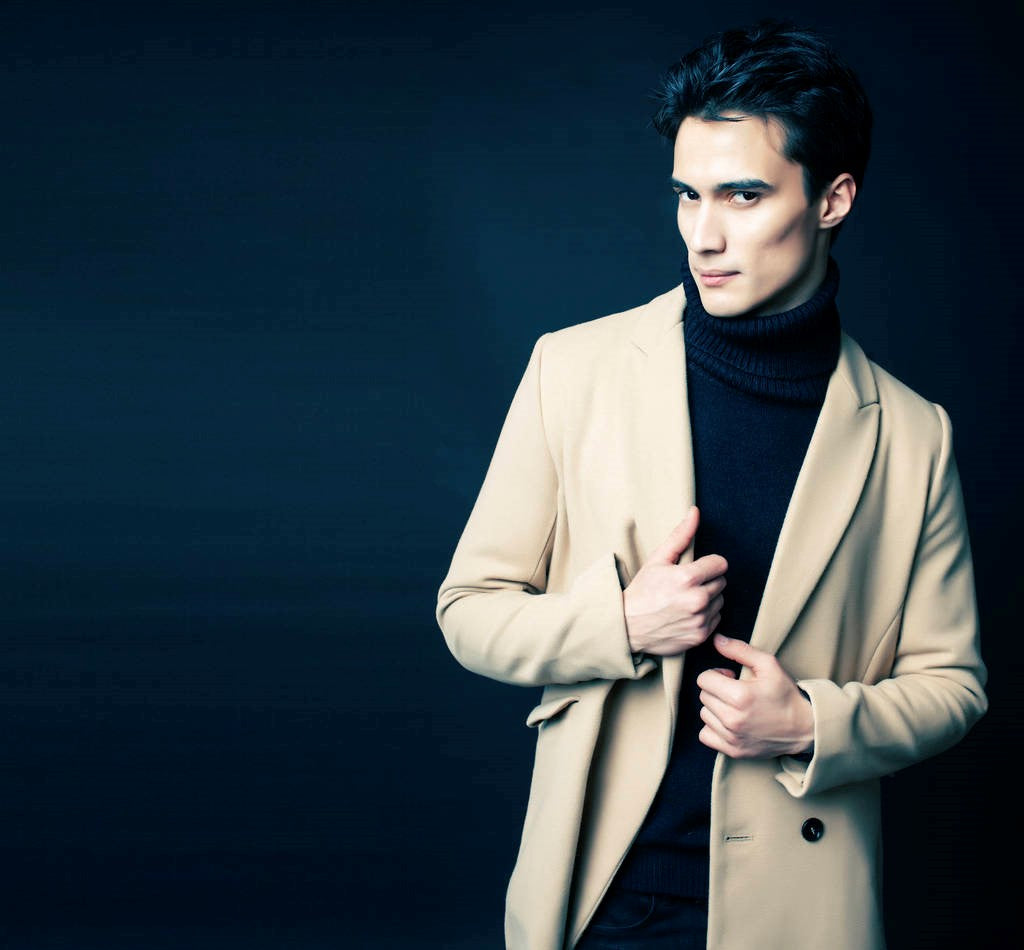Is Overcoat Formal or Casual?

The overcoat is a versatile and timeless piece of outerwear that can be styled in various ways, making it suitable for both formal and casual occasions. Its adaptability lies in the design, material, and how it is paired with other clothing items. In this discussion, we will explore the factors that determine whether an overcoat is considered formal or casual.
Design and Cut
Formal Overcoats
Formal overcoats typically have a tailored and structured design. They often feature clean lines, a single-breasted front, and a length that falls just below the knee. The silhouette is sleek and well-defined, contributing to a polished and sophisticated appearance. Formal overcoats may also include details such as peak lapels, flap pockets, and a vent at the back for ease of movement.
Casual Overcoats
Casual overcoats, on the other hand, tend to have a more relaxed and versatile design. They can come in various lengths, including mid-thigh or hip-length, providing a more casual and laid-back aesthetic. The cut may be looser, allowing for comfortable layering over different types of clothing. Casual overcoats often feature a variety of collars, including notch or shawl collars, adding to the overall relaxed vibe.
Material
Formal Overcoats
The choice of material plays a crucial role in determining the formality of an overcoat. Formal overcoats are often made from high-quality materials such as wool or cashmere. These materials not only provide warmth but also have a luxurious feel, adding an element of elegance to the overall look. A formal overcoat in a neutral color, such as black, navy, or charcoal gray, is a classic choice for more formal occasions.
Casual Overcoats
Casual overcoats may feature a wider range of materials, including wool blends, tweed, or even denim. These materials offer a more relaxed and laid-back vibe, making the overcoat suitable for casual settings. The color palette for casual overcoats is often more diverse, allowing for experimentation with different shades and patterns.
Styling and Pairing
Formal Overcoats
Styling a formal overcoat involves pairing it with other sophisticated and dressy pieces. This could include a tailored suit, dress shirt, and leather dress shoes. The overall ensemble exudes professionalism and is appropriate for formal events, business meetings, or evening gatherings. Accessories like a silk scarf or leather gloves can further enhance the formal aesthetic.
Casual Overcoats
Casual overcoats offer more flexibility in terms of styling. They can be paired with a range of outfits, including jeans, casual trousers, sweaters, or even t-shirts. Footwear choices can vary from sneakers to boots, depending on the overall look you want to achieve. The key to a successful casual overcoat ensemble is achieving a balanced and cohesive appearance that aligns with the relaxed nature of the garment.
Conclusion
In conclusion, whether an overcoat is considered formal or casual depends on various factors, including its design, material, and how it is styled. Formal overcoats are characterized by a tailored silhouette, high-quality materials, and are best paired with dressier clothing items. Casual overcoats, on the other hand, offer more versatility, with a range of designs, materials, and styling options suitable for a variety of everyday situations.
Ultimately, the key to mastering the art of overcoat fashion is understanding the occasion and choosing the right elements to create the desired look, be it formal or casual.





